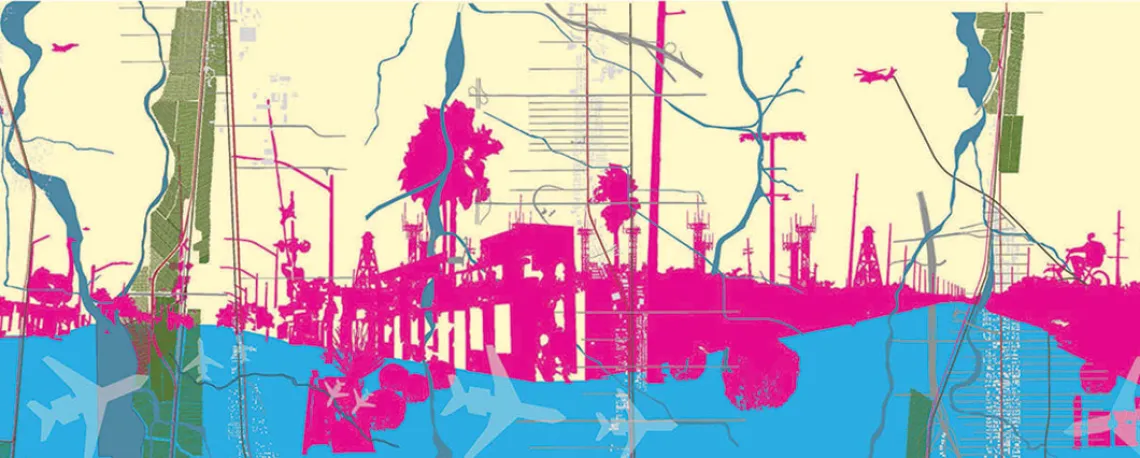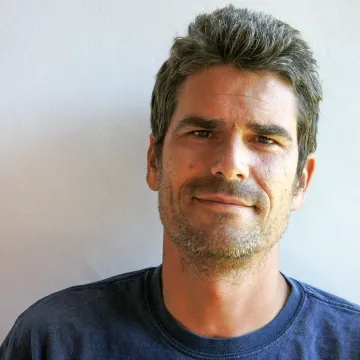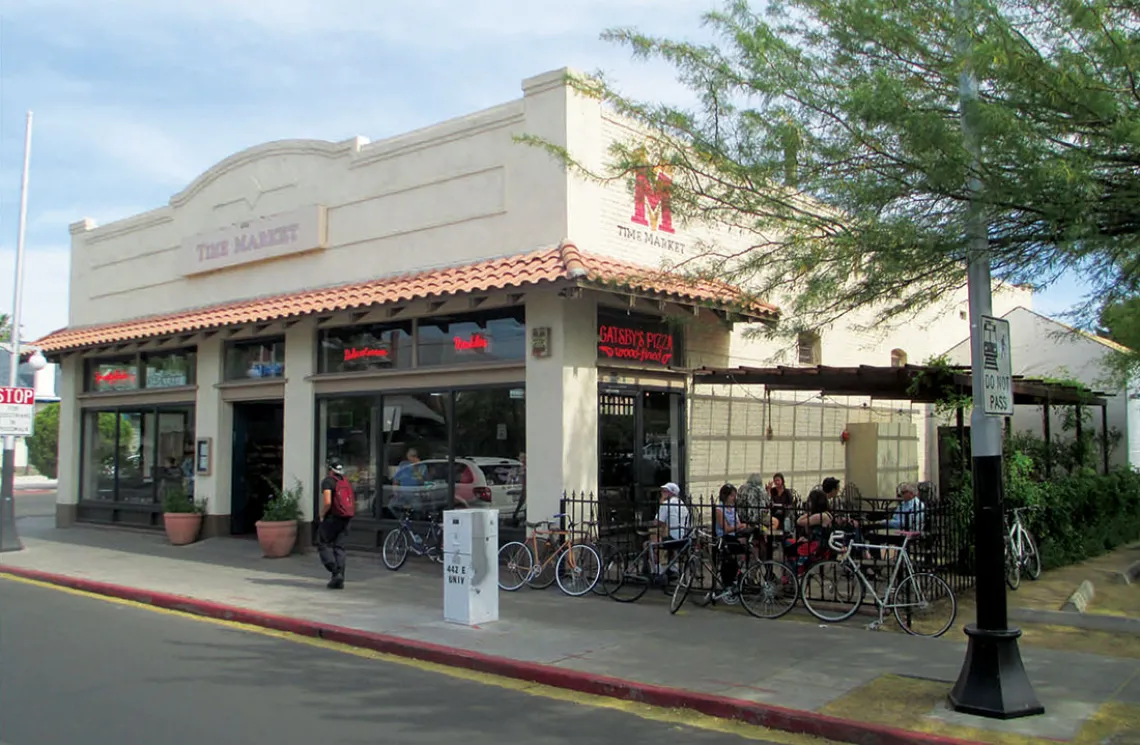The Spaces That Exist Between Private Properties: Bill Mackey, Lecturer in Architecture

Old Nogales Highway map, assemblage side, by Bill Mackey / Worker, Inc.
EIGHT QUESTIONS WITH BILL MACKEY '95 B ARCH, M ARCH
“Everything I do as an artist and architect comes into my teaching methodology. I try to think about problems creatively and research them through a multitude of lenses. I expect the same of my students.”

What brought you to the College of Architecture, Planning and Landscape Architecture, and what year did you join the college?
Since 1992, I have had a relationship with CAPLA as a graduate student, as a professional and as an instructor. I moved to Tucson from Chicago because I had visited Tucson while growing up and fell in love with the desert. For graduate studies, I was interested in bridging anthropology and architecture. I was fortunate that the University of Arizona had a strong anthropology department and a professor in CAPLA with a Master’s in Anthropology. I was also intrigued by the scale and the history of the city. I have been teaching since 2005 while maintaining an art and architecture practice.
What is your current research?
My research investigates human-constructed environments—primarily the spaces that exist between private properties. This research combines methodologies from fine arts, architecture, urban design and social sciences. The research results in books, pamphlets, exhibits and performances that utilize text, graphics, sculpture, sound and video. I intentionally make the position of the research ambiguous and try to tell the story from a multitude of viewpoints.
Old Nogales Highway
This story documents Bill Mackey’s trips down Old Nogales Highway and his investigations into its landscape over a six-month period. The text is a collaboration between Bill Mackey, Tracy Pitt, Nancy Pitt, Mike Powell and Neil Saunders.
Tell us about the School of Architecture’s Slide Slam series.
I coordinate the School of Architecture Slide Slam events. Two or three times a semester, the faculty gather informally and present current areas of interest in a gallery space in downtown Tucson. The events produce a certain camaraderie between faculty that is unobtainable in other school venues.
What is your current practice, and what most excites you about the architectural and artistic work you are undertaking?
My firm, Worker, Inc., produces art and architecture. For architecture, we typically have 10 to 20 projects going on simultaneously. 99 percent of the projects exist within the downtown, historic area of Tucson, equally split among new construction and adaptive reuse and single family housing, multifamily housing, entertainment, hotel and office. Art projects usually run to one to two projects a year and are dependent on available grant funding. Products include books, exhibitions and, recently, a bus trip (see video above).
Time Market Renovation in Tucson, Arizona, by Worker, Inc., 2013

Time Market exterior. Photo by Bill Mackey.
What are you currently teaching, and what do you most enjoy about teaching?
I teach design studio. I have taught all studio levels (Foundation thru Capstone, graduate and undergraduate) since 2005. I want students to be aware of their decision-making process and their ability to adequately describe those decisions verbally and graphically. I do care what students believe, but I care most that they know what they believe and they know where those beliefs come from.
How do you bring your artistic and architectural work into your teaching?
Everything that I do as an artist and architect comes into my teaching methodology. I try to think about problems creatively and research them through a multitude of lenses. I expect the same of my students.
Beyond your work and teaching, what are your passions?
I play tennis. I listen to music: jazz, rock, minimal, fusion. I go to live shows. I walk my dog. I play ping pong with my son.
What does the CAPLA experience mean for you?
I believe the undergraduate and graduate curriculum provided by CAPLA in the School of Architecture is one of the best learning experiences one can receive—for social, scholarly and professional purposes.
To learn more, view Bill Mackey's faculty page.



